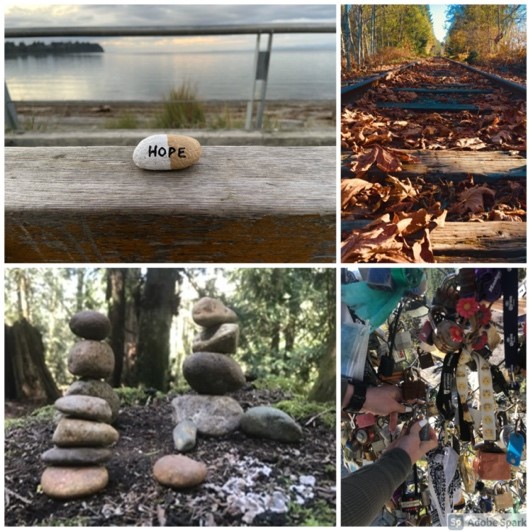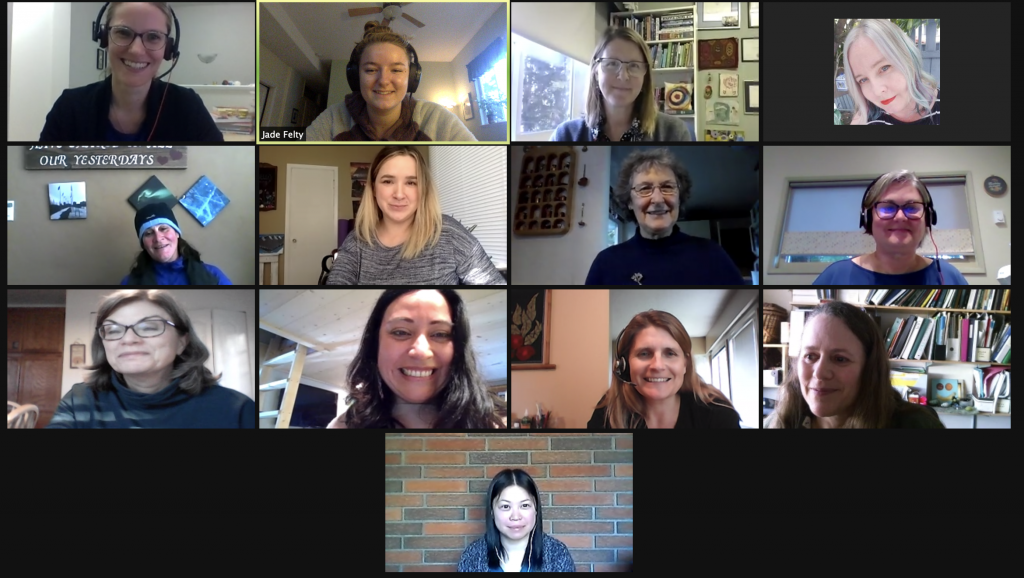By Amanda Gillmore
Communication has always been a struggle for me- whether it is communication on paper, in an email, a text message or I verbally need to express myself- I always hesitate and/or second guess myself. You wouldn’t think that if you met me! But, it stems from my childhood and is something that I am working on- it’s not an easy task but working with a Counsellor has helped me and given me the tools to work through this barrier.
At first when I saw the requirements for this weeks’ course content, I immediately became uncomfortable. My course instructor asked us to “create a hand-written/ typed/ or video recorded note to a friend/ family member/ colleague/ mentor/ classmate.” <Insert anxiety NOW.> But, after a cup of Earl Grey Tea and reminding myself to consider this ‘a brief note to invite conversation’, I pressed through. I started off by reading the article ‘Your Image of the Child’ by Malaguzzi (1993). And, here is my Note to the World:
Dear Mentor,
I sincerely appreciate how you have guided me so far through my practicum experience and showing me that “the ability to enjoy relationships and work together is very important” (Malaguzzi, 1993, p.2). Over the last few weeks we have had numerous heart to heart conversations about the importance of child-child relationships, child-educator relationships and educator-educator relationships. I recently read an article in one of my ECEC courses called: ‘Your Image of the Child: Where Teaching Begins’ written by Loris Malaguzzi. I would kindly like to share with you a passage that resonated with me:
“When you enter the school in the morning, you carry with you pieces of your life — your happiness, your sadness, your hopes, your pleasures, the stresses from your life. You never come in an isolated way; you always come with pieces of the world attached to you. So the meetings that we have are always contaminated with the experiences that we bring with us.” (Malaguzzi, 1993, p.2)
Each morning I invite you and the other educators to enter a safe heart space and each ask yourself what pieces of your life are attached to you as you enter the school. This passage I have shared with you has made me more aware and mindful how I want to start each day- whether I will be at my practicum site, starting one of my ECEC online courses or starting my morning rituals at home. I hope sharing this will do the same for you.
Amanda
References
Malaguzzi, L. (1993). Your image of the child: Where teaching begins. Exchange (3).




